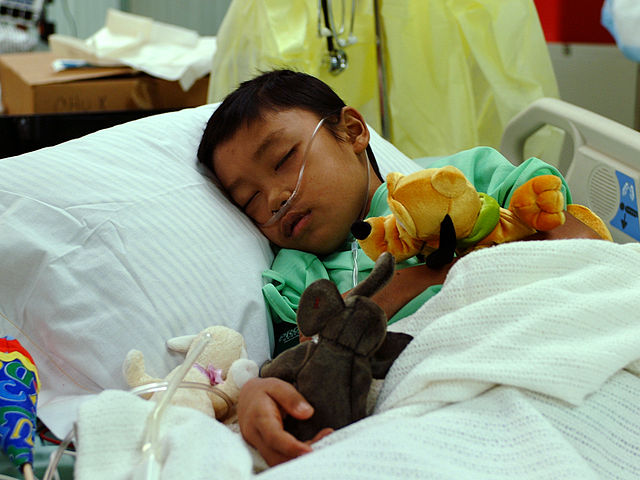CSR Can Help Boost Rural Medical Infrastructure
Related Articles
CSR News: Kotak Mahindra Bank Supports Advanced Diagnostic Facility at SMIMER Hospital, Surat
Surat, India: Kotak Mahindra Bank Limited, under its CSR initiative, has extended support to the Surat Municipal Institute of Medical Education and Research (SMIMER)...
PM Modi का Bihar दौरा: Champaran में 7200 Crore की योजनाओं का उद्घाटन और शिलान्यास, 4 New Trains को दिखाई हरी झंडी
मोदी गांधी मैदान, Motihari में जनसभा को करेंगे संबोधित, CM Nitish और Governor होंगे साथ, Rail, Road, PM Awas, IT से जुड़ी योजनाओं को देंगे बड़ी सौगात।
प्रधानमंत्री Narendra Modi शुक्रवार को एक बार फिर बिहार...
Cancer Treatment: कैंसर इलाज में क्रांति ला सकता है नया AI Cancer Tool ‘AA-Net’, हर कोशिका की पहचान कर सकेगा सटीक उपचार
Cancer Treatment जंग में एआई बना नया हथियार, इलाज में आएगा क्रांतिकारी बदलाव
कैंसर जैसी जानलेवा बीमारी के इलाज में अब आर्टिफिशियल इंटेलिजेंस (AI) बड़ी...


